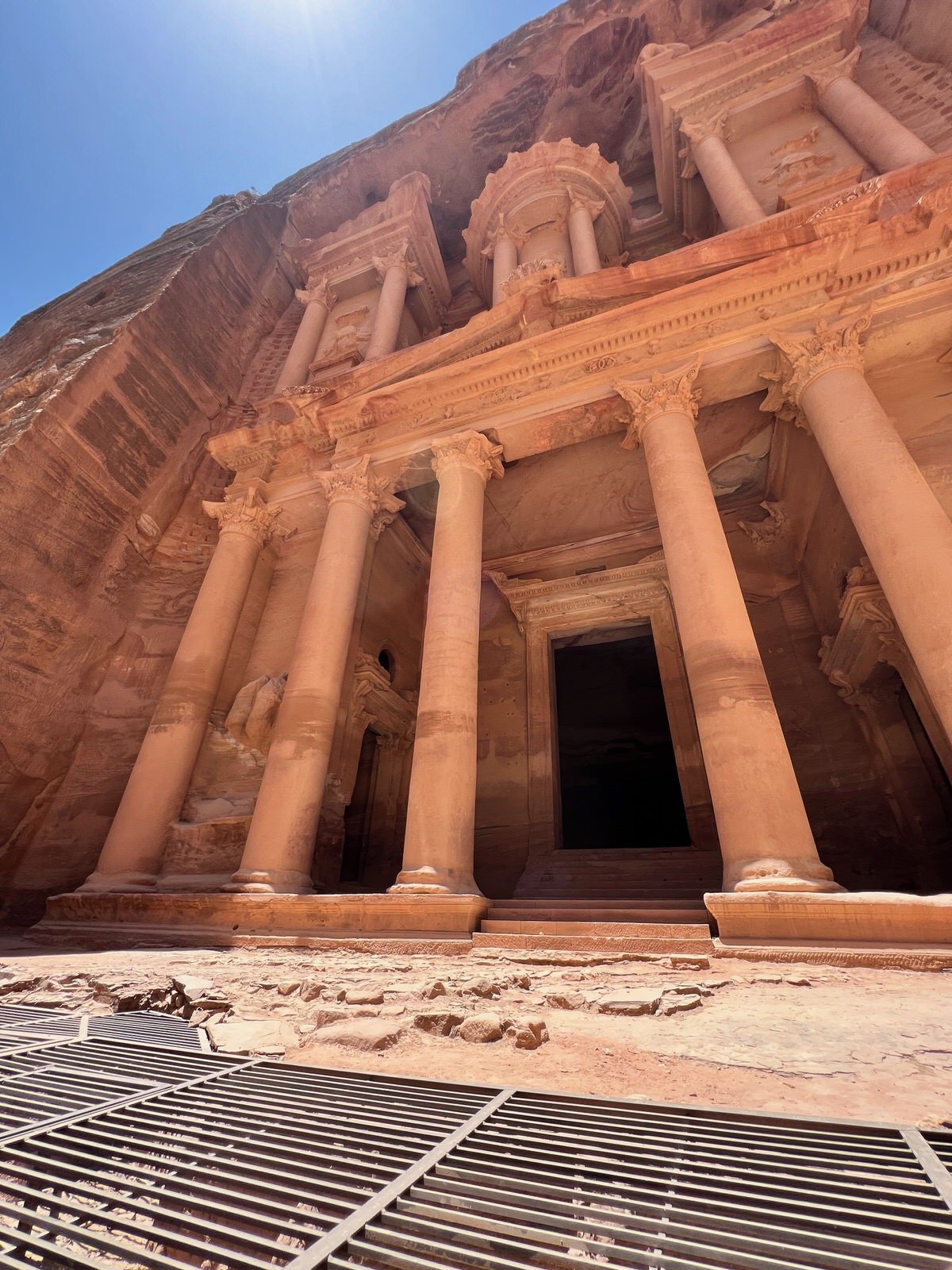Petra: A Tale of Water Preservation and Sustainability
Petra: A Tale of Water Preservation and Sustainability
by Abeer Sweis
August 30, 2023
by Abeer Sweis
August 30, 2023
- Water Harvesting: Petra's water collection systems showcase the potential of capturing and storing rainwater, reducing reliance on traditional water sources and groundwater depletion.
- Adaptive Agriculture: The Nabateans' terraced farming demonstrates how adjusting agricultural practices to suit the local climate can ensure food security while conserving resources.
- Circular Water Management: The recycling of wastewater at Petra exemplifies the concept of a circular economy, where waste is transformed into a resource, reducing strain on ecosystems.


